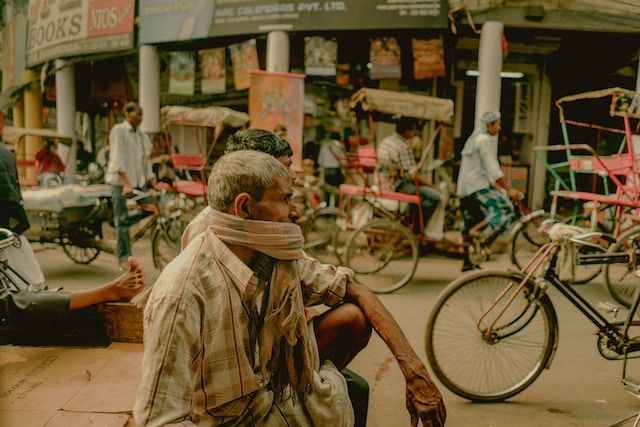
Street photography is an intriguing and captivating genre of photography that focuses on capturing candid moments and human interactions in public spaces. It is a form of visual storytelling that aims to document everyday life, culture, and society. Unlike studio or posed photography, street photography embraces spontaneity and the unpredictable nature of the streets, making it a challenging yet rewarding pursuit for photographers.
This type of photography can be defined as the art of capturing unposed, unplanned, and often fleeting moments in public spaces. It seeks to portray the essence of urban life, capturing the raw emotions, energy, and unique stories of people in their natural environments. The purpose of street photography is to provide viewers with a glimpse into the diverse human experiences and the ever-changing dynamics of society.
Brief history and evolution of street photography as an art form
Street photography has a rich history that dates back to the early days of photography itself. Pioneers like Henri Cartier-Bresson, Robert Doisneau, and Garry Winogrand paved the way for this genre in the mid-20th century, capturing iconic moments that have become timeless representations of street life. Over the years, street photography has evolved with technological advancements, social changes, and the emergence of new styles and approaches.
Importance of capturing candid moments and human interactions
Candid moments captured in street photography have the power to evoke emotions, spark curiosity, and provoke introspection. By documenting unposed scenes and human interactions, street photographers have the ability to tell stories that might otherwise go unnoticed.
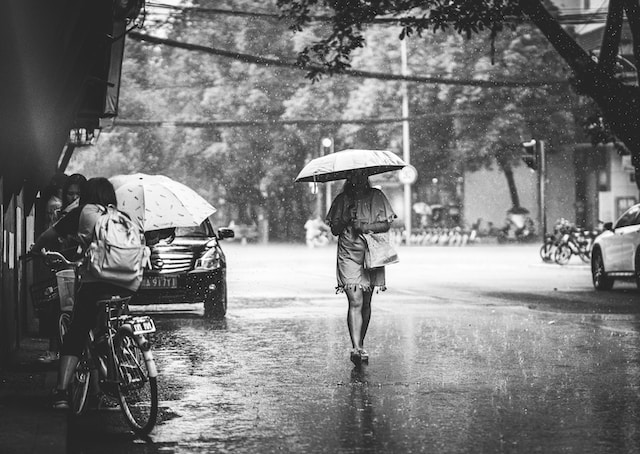
Street photography serves as a visual record of the times we live in, showcasing the diversity, beauty, struggles, and triumphs of humanity.
Essential Gear for Street Photography
Choosing the right gear is crucial for successful street photography. While the camera and lens selection may vary based on personal preferences and shooting style, there are some key considerations to keep in mind.
Choosing the right camera for street photography
When it comes to cameras, the most important factors for street photography are portability, quick operation, and discreetness. Many street photographers prefer compact mirrorless cameras or rangefinder-style cameras due to their lightweight nature and quiet shutter mechanisms. However, DSLRs or even high-quality camera phones can also be used effectively in street photography.
Recommended lenses and focal lengths
The choice of lenses greatly influences the style and perspective of street photographs. A versatile prime lens, such as a 35mm or 50mm, is popular among street photographers as it closely approximates the field of view of the human eye, allowing for a natural and immersive perspective. Wide-angle lenses can be useful for capturing more of the surroundings and adding depth to the images, while telephoto lenses enable photographers to observe and document subjects from a distance.
Additional accessories for street photographers
While minimalism is often favored in street photography, there are a few accessories that can enhance the shooting experience. Some common accessories include:
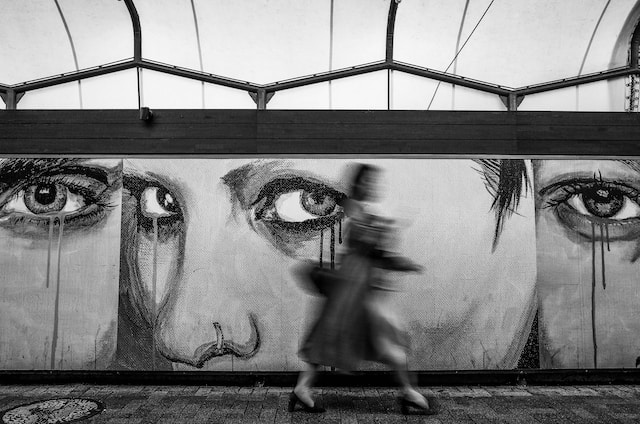
- Camera bag or backpack: A comfortable and functional bag to carry and protect your gear while on the streets.
- Spare batteries and memory cards: Essential for extended shooting sessions to avoid running out of power or storage space.
- Tripod or monopod: Useful for long exposure shots or when you need extra stability.
- Lens hoods and filters: To reduce lens flare and enhance image quality in different lighting conditions.
Techniques and Tips for Successful Street Photography
Mastering the techniques and tips specific to street photography is crucial for capturing compelling and impactful images.
Understanding composition and framing
Composition plays a vital role in street photography, guiding the viewer’s eye and creating a visual balance within the frame. Some composition techniques that can be applied to street photography include the rule of thirds, leading lines, framing, and capturing decisive moments. Experimenting with different perspectives and angles can also add depth and visual interest to your images.
Approaching and engaging with subjects
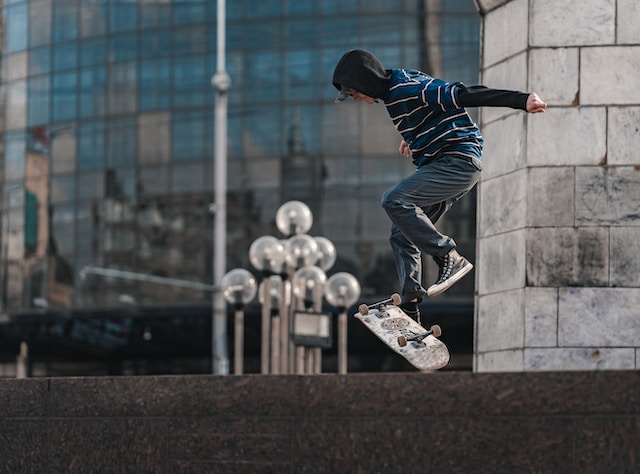
Approaching and photographing strangers can be intimidating for many street photographers. Building confidence and establishing a respectful approach is key.
It is important to be discreet and unobtrusive, blending into the environment to capture genuine moments without altering the scene. Engaging with subjects, when appropriate, can also lead to interesting interactions and authentic portraits.
Mastering exposure and lighting
Street photography often involves dealing with a wide range of lighting conditions, from harsh sunlight to dimly lit alleyways. Understanding the basics of exposure, including aperture, shutter speed, and ISO, is essential for achieving well-exposed images. It’s important to be able to quickly adapt camera settings to changing light conditions and make use of available natural or artificial lighting to enhance the mood and atmosphere of the scene.
Dealing with challenges and overcoming obstacles
Street photography is not without its challenges. Obstacles such as crowded streets, adverse weather conditions, or legal and ethical considerations may arise. It’s important to stay patient, persistent, and adaptable. Being observant and anticipating moments can help overcome challenges, and embracing these obstacles can even lead to more creative and unique photographs.
Legal and Ethical Considerations
As with any form of photography, street photographers must be aware of the legal and ethical aspects involved in capturing images of people in public spaces.
Privacy laws and regulations
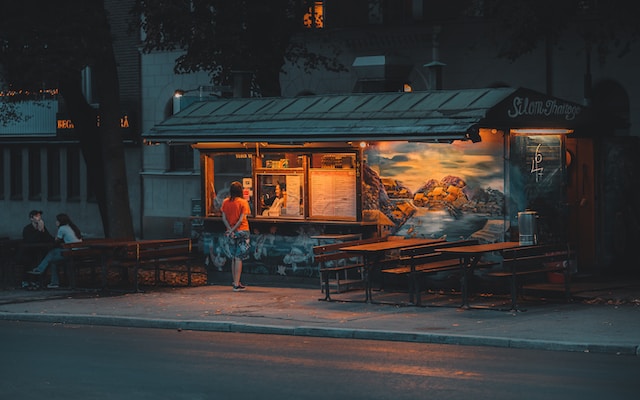
Privacy laws vary from country to country, so it is crucial to familiarize yourself with the legal requirements and restrictions in your specific location.
In general, if you are in a public space where there is no reasonable expectation of privacy, you are legally allowed to take photographs. However, it’s important to be respectful and considerate when photographing people, especially in sensitive situations.
Obtaining consent and releases
In some cases, obtaining consent or a model release may be necessary, especially if the photographs will be used for commercial purposes. If you plan to publish or sell street photographs that prominently feature identifiable individuals, it is advisable to obtain their consent or use the images in a way that respects their privacy and dignity.
Respecting cultural sensitivities and local customs
Different cultures and communities have varying attitudes towards photography, particularly when it involves strangers. It is essential to be aware of and respectful towards cultural sensitivities and local customs especially when traveling to photograph in unfamiliar environments. Engaging with the community, building relationships, and seeking permission when appropriate can foster understanding and create a more meaningful photographic experience.
Post-Processing and Editing
Post-processing plays a crucial role in refining and enhancing street photographs while maintaining their authenticity.
Organizing and selecting images
Organizing and managing your street photography collection is essential for efficient post-processing. Establishing a consistent workflow, including importing, organizing, and tagging your images, can help streamline the selection and editing process. Software tools such as Adobe Lightroom or Capture One can be valuable for managing and organizing your photographs.
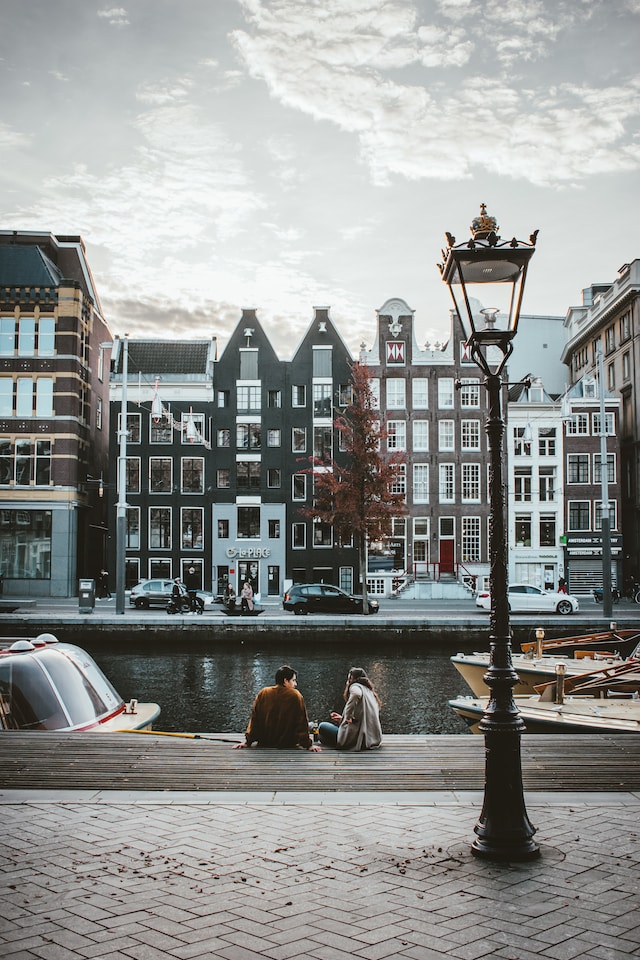
Enhancing and optimizing street photographs
During the editing process, the aim is to enhance the visual impact of the image without altering the reality captured in the scene. Adjustments to exposure, contrast, color balance, and sharpness can help bring out the intended mood and aesthetic qualities of the photograph. It’s important to strike a balance between enhancing the image and maintaining its authenticity.
Preserving the authenticity and integrity of the captured moments
While post-processing can enhance the visual appeal of street photographs, it is crucial to preserve the integrity and authenticity of the captured moments. Avoid excessive manipulation or adding elements that were not present in the original scene. Street photography is about documenting reality, and maintaining the genuine essence of the captured moments is key to its authenticity.
Showcasing and Sharing Your Work
Sharing your photography allows you to connect with an audience and gain valuable feedback. Here are some tips on showcasing and sharing your work effectively.
Creating a compelling portfolio
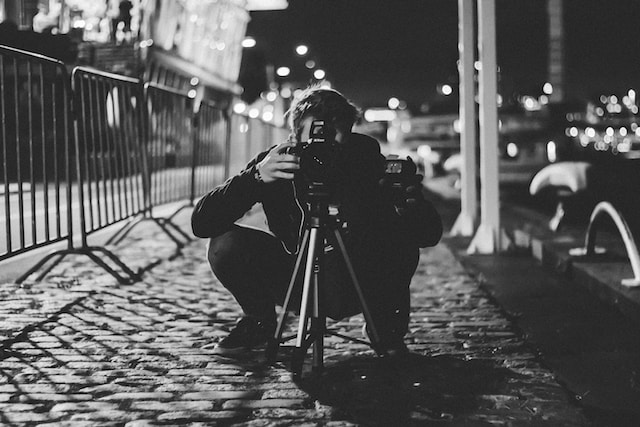
Curating a strong and cohesive portfolio is essential for showcasing your best work. Select images that tell stories, evoke emotions, or capture unique moments.
Pay attention to the sequence and flow of your portfolio, as it can greatly impact the viewer’s experience. Present your portfolio in a clean and visually appealing manner, either through a personal website, online portfolio platforms, or printed publications.
Choosing the right platform
There are various online platforms dedicated to sharing and discovering street photography. Social media platforms like Instagram, Flickr, or 500px offer opportunities to reach a wide audience and engage with the street photography community. Participating in online communities and forums specific to street photography can also provide valuable feedback and exposure for your work.
Engaging with the photography community
Being an active part of the street photography community can be enriching and inspiring. Joining local photography groups, attending exhibitions or workshops, and participating in online communities allow you to connect with fellow street photographers, exchange ideas, and receive constructive criticism. Feedback from others can help you grow as a photographer and refine your craft.
Street photography aims to capture the essence of everyday life, culture, and society. It reflects our collective experiences, reflecting the unique personalities and stories of individuals in their natural environments. An evolving genre, it is constantly adapting to new technological advancements and changes in social dynamics. Whether for personal enjoyment or sharing with the world, street photography is a rewarding and fascinating artistic pursuit.